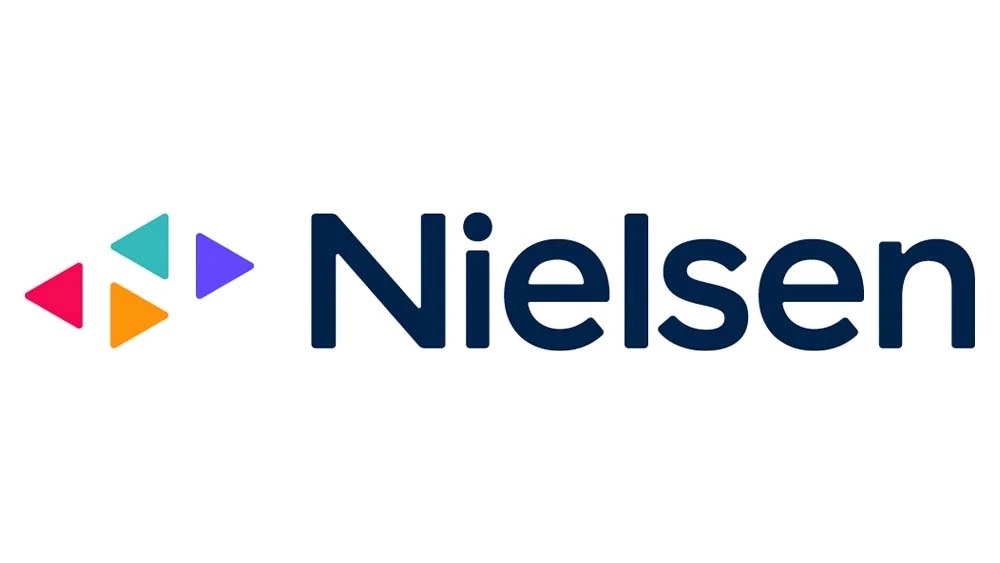Nielsen Expands National TV Panel to 42K Homes
Panel assets now surpass 500,000+ individuals across multiple platforms, Nielsen said

NEW YORK—In a move that will help Nielsen get its measurement service reaccredited and prepare for the full launch of Nielsen One, Nielsen has announced that its U.S. National TV panel reached 42,000 households, covering 101,000 directly measured viewers. This includes a subset of 21,000 households that are part of Nielsen's streaming meter panel, which the company plans to continue to grow over time.
The move paves the way to creating a robust ID system for measurement in the digital media ecosystem, Nielsen said.
The company also reiterated that it has completed the vast majority of criteria required for re-accreditation for its National TV Ratings Service and expects to complete the required audit components in the next quarter.
"We are extremely proud of hitting the milestone of steadily maintaining at or above the target of 42,000 panel households, and the progress we have made in building a robust ID system for the digital ecosystem on our road to Nielsen ONE," said Karthik Rao, chief operating officer, Nielsen. "We continue to be one of the only media measurement companies that provides fully independent, audited and representative data in the marketplace."
Nielsen has been under fire for measurement problems and a recent VAB study found that a record number of networks and advertisers used newer media measurement systems during the recent upfront negotiations.
In total, the company now has over 500,000 people who have agreed to be a panelist across TV, digital and audio with approaches ranging from direct metering to data calibration and validation, Nielsen said.
"As we move toward a cross platform world, the need for data validated by real people only grows," added Rao. "Nielsen's comprehensive panel strategy, underpinned by real people, is helping media buyers and sellers understand what content viewers are seeking out, what ads viewers are exposed to, as well as the demographic characteristics of who is watching what and on which device."
Get the TV Tech Newsletter
The professional video industry's #1 source for news, trends and product and tech information. Sign up below.
Nielsen plans to further strengthen its ID system with Participant Panel data expanding its ability to validate and correct external datasets within the Nielsen ID System, the company said.
It plans to increase the directly measured footprint across computer and mobile to provide data on what a panelist viewed on TV, what they viewed online or mobile device, and what they viewed on both platforms.
Nielsen's large-scale, non-metered Participant Panel, a component of Nielsen's Digital panel, totals more than 250,000 individuals who have provided rich demographic data which can be used, at scale, to validate and correct third-party data sets in areas such as content and advertising exposures. The data from this group of panelists is critical in building audience validation methodologies to deduplicate across the open web and walled gardens.
Nielsen continues to make enhancements to its ID System to deliver holistic, people-based measurement across platforms and publishers and deduplicate devices, content and ad exposures in light of the impending deterioration of digital identifiers, the company said.
In addition, the Nielsen ID System will help drive interoperability with the ecosystem, breaking down data silos and harmonizing audience data from third-party providers in its cross-media solution, Nielsen ONE, the company said.
George Winslow is the senior content producer for TV Tech. He has written about the television, media and technology industries for nearly 30 years for such publications as Broadcasting & Cable, Multichannel News and TV Tech. Over the years, he has edited a number of magazines, including Multichannel News International and World Screen, and moderated panels at such major industry events as NAB and MIP TV. He has published two books and dozens of encyclopedia articles on such subjects as the media, New York City history and economics.

